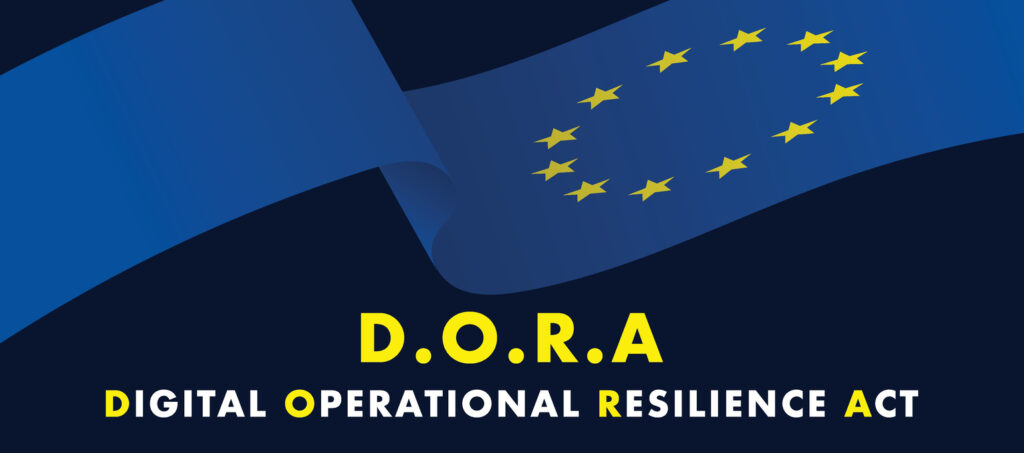In an era where cyber threats are increasingly sophisticated and frequent, robust regulatory frameworks are essential to ensure the security and resilience of critical infrastructures. The Network and Information Systems Directive 2 (NIS2) and the Digital Operational Resilience Act (DORA) are two pivotal regulations in the European Union aimed at bolstering cybersecurity and operational resilience across various sectors, particularly financial services.
Central to achieving compliance with these regulations is the implementation of effective Privileged Access Management (PAM) solutions. PAM solutions are designed to secure, manage, and monitor privileged access, addressing some of the most critical security challenges organizations face today. By providing advanced functionalities such as secure credential storage, granular access controls, real-time monitoring, and comprehensive auditing, PAM solutions help organizations meet the stringent requirements set by NIS2 and DORA.
This article delves into the specific functionalities of PAM that align with and fulfill the requirements of NIS2 and DORA, illustrating how these tools not only enhance security, but also ensure regulatory compliance, thereby contributing to a robust and resilient cybersecurity framework.

The Network and Information Systems Directive 2 (NIS2)
The Network and Information Systems Directive 2 (NIS2) is an updated and enhanced version of the original NIS Directive, which was the first comprehensive piece of EU-wide legislation, focused on improving cybersecurity across member states. The NIS2 Regulation represents a significant advancement in the EU’s approach to cybersecurity, aiming to build a more resilient and secure digital landscape across member states.
NIS2 aims to address the evolving landscape of cyber threats by expanding the scope of its predecessor, introducing more stringent requirements, and ensuring a higher level of security and resilience for network and information systems within the European Union.
The Digital Operational Resilience Act (DORA)
The Digital Operational Resilience Act (DORA) is a comprehensive regulatory framework proposed by the European Commission to enhance the cybersecurity and operational resilience of the financial sector within the European Union. DORA aims to ensure that financial entities can withstand, respond to, and recover from ICT-related disruptions and threats effectively. Compliance with DORA requires financial entities to adopt proactive measures to identify, assess, and manage ICT risks effectively, ensuring they can continue to operate and safeguard financial stability in an increasingly digital economy.

Specific PAM functionalities that align with the requirements of NIS2 and DORA
1. Secure Credential Storage and Management
NIS2 and DORA mandate the protection of sensitive information and access credentials. PAM solutions provide secure storage for privileged credentials through encryption and secure vaulting mechanisms. This ensures that credentials are protected from unauthorized access, reducing the risk of credential theft and subsequent security breaches. Key functionalities include: encrypted vaulting of passwords and keys, automated password rotation to minimize exposure, secure access to credentials based on role and necessity
2. Granular Access Controls
To comply with NIS2 and DORA, organizations must implement strict access control measures. PAM solutions offer granular access controls that enforce the principle of least privilege. This means users are granted only the access necessary for their roles, reducing the risk of unauthorized access to critical systems. The essential functionalities refer to: Role-based access control (RBAC) to define and enforce access policies, fine-grained access permissions tailored to specific tasks, approval workflows for elevated access requests.
3. Multi-Factor Authentication (MFA)
MFA is essential for securing privileged access and is a requirement under NIS2 and DORA. PAM solutions integrate MFA to add an extra layer of security, ensuring that only authorized users can access privileged accounts. This reduces the risk of unauthorized access even if credentials are compromised. The core functionalities are as follows: Integration with various MFA methods (enforcement of MFA for all privileged access attempts, contextual MFA, adjusting the level of authentication required based on the risk associated with the access request).
4. Real-Time Monitoring and Auditing
Continuous monitoring and auditing are critical for detecting and responding to security incidents, as required by NIS2 and DORA. PAM solutions provide real-time monitoring of all privileged activities and generate detailed audit logs. These logs help organizations detect suspicious behavior, respond to incidents promptly, and provide evidence for regulatory audits. Key functionalities include: Real-time session monitoring and recording, comprehensive audit trails of all privileged access and activities, alerts and notifications for anomalous or suspicious behavior.
5. Automated Privileged Session Management
Effective session management is crucial for securing privileged access. PAM solutions offer automated session management to control and monitor privileged access sessions. This includes initiating, monitoring, and terminating sessions automatically, ensuring that all activities are tracked and secured. Important features comprise: automated session initiation and termination, session recording and playback for audit and forensic purposes and contextual session controls, such as limiting commands or actions based on policy.
6. Risk Assessment and Reporting
NIS2 and DORA require organizations to continuously assess and manage risks associated with privileged access. PAM solutions include risk assessment tools that analyze the security posture of privileged accounts and identify potential vulnerabilities. These tools help organizations implement risk mitigation strategies and ensure ongoing compliance. Essential features encompass: Risk scoring and assessment for privileged accounts, automated reporting on compliance status and security posture, tools for continuous monitoring and risk assessment.
7. Incident Response and Forensics
Rapid response and forensic analysis are crucial in the event of a security incident. PAM solutions facilitate quick incident response by providing detailed logs and real-time monitoring data that can be used to investigate and address security breaches. This capability helps organizations meet NIS2 and DORA requirements for incident response and recovery. Critical functionalities involve: detailed logging and forensic data collection, tools for quick analysis and response to security incidents, integration with incident response workflows and teams
Why you should be NIS2 and DORA compliant?
Adherence to the Network and Information Systems Directive 2 (NIS2) and the Digital Operational Resilience Act (DORA) is imperative for organizations seeking to fortify their cybersecurity defenses and ensure operational resilience in today’s digital landscape. By embracing NIS2 and DORA compliance, organizations not only fulfill legal obligations, but also proactively protect critical infrastructure, sensitive data, and customer trust. Compliance enhances cybersecurity readiness, reducing the likelihood of data breaches and operational downtime, while also mitigating financial and reputational risks associated with non-compliance.
Moreover, adherence to NIS2 and DORA fosters a culture of continuous improvement in cybersecurity governance and resilience planning. It demonstrates organizational commitment to maintaining high standards of security and resilience, which in turn enhances competitiveness, builds stakeholder confidence, and strengthens relationships with customers and partners. Ultimately, by prioritizing NIS2 and DORA compliance, organizations can navigate the complexities of today’s cybersecurity landscape with confidence, ensuring they are well-prepared to withstand and respond to emerging threats, protect critical assets, and sustain operational continuity in an increasingly interconnected world.
